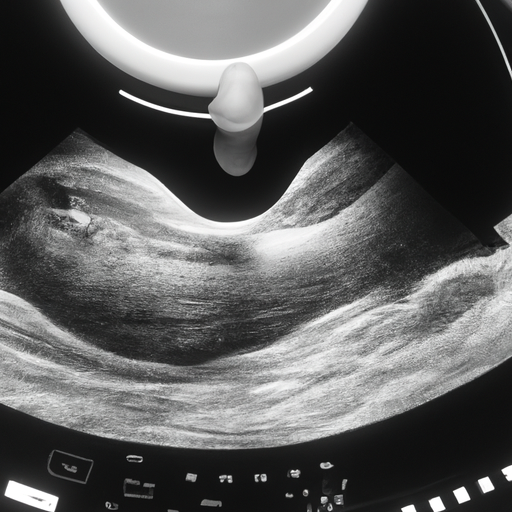Prostate health is a critical concern for men of all ages, yet it often remains a topic shrouded in mystery and discomfort. However, with the advancement of medical technology, there is now a powerful tool that allows for a comprehensive understanding of the prostate – ultrasound. In this article, we will delve into the intricacies of prostate ultrasound, providing a comprehensive guide to its diagnosis, treatment, and symptoms. By exploring the causes and diagnosis of prostate ultrasound, we aim to unveil innovative treatment options that can potentially improve the lives of countless individuals. Whether you are seeking to educate yourself or support a loved one, this article will equip you with the knowledge needed to navigate the world of prostate health confidently.
1. "Understanding Prostate Ultrasound: A Comprehensive Guide to Diagnosis, Treatment, and Symptoms"
Prostate ultrasound is a valuable tool in the diagnosis and treatment of various prostate conditions. This non-invasive imaging technique utilizes sound waves to create detailed images of the prostate gland. It plays a crucial role in identifying abnormalities, assisting in biopsy procedures, and monitoring the effectiveness of treatments.
Diagnosis:
Prostate ultrasound is commonly used to diagnose conditions such as prostate cancer, benign prostatic hyperplasia (BPH), prostatitis, and other abnormalities. By providing real-time images of the prostate, doctors can accurately assess the size, shape, and texture of the gland. Additionally, ultrasound can help determine the presence of tumors, calcifications, cysts, or any other irregularities.
During the procedure, a transrectal ultrasound (TRUS) probe is inserted into the rectum, allowing for a closer and clearer view of the prostate. The ultrasound waves emitted by the probe bounce back and create images on a monitor, enabling the healthcare provider to analyze the prostate’s condition.
Treatment:
While prostate ultrasound is primarily a diagnostic tool, it also aids in guiding certain treatments. For instance, it can assist in the accurate placement of needles during prostate biopsies. By visualizing the gland in real-time, doctors can precisely target suspicious areas, increasing the chances of obtaining accurate biopsy samples.
Moreover, ultrasound can guide minimally invasive treatments for prostate conditions. High-intensity focused ultrasound (HIFU) and cryotherapy are examples of procedures that use ultrasound imaging to precisely deliver energy or extreme cold to treat prostate cancer. This targeted approach minimizes damage to surrounding healthy tissues and reduces the risk of complications.
Symptoms:
Symptoms of prostate conditions can vary
2. "Exploring the Causes and Diagnosis of Prostate Ultrasound: Unveiling Innovative Treatment Options"
Prostate ultrasound is a valuable diagnostic tool used to assess the health of the prostate gland. It provides detailed images of the prostate, allowing healthcare professionals to detect abnormalities and make accurate diagnoses. This section delves into the causes and diagnosis of prostate ultrasound, shedding light on the innovative treatment options available for patients.
Causes of Prostate Ultrasound:
Prostate ultrasound is primarily performed to investigate various prostate conditions, including benign prostatic hyperplasia (BPH), prostate cancer, prostatitis, and urinary problems. BPH occurs when the prostate gland enlarges, leading to symptoms such as frequent urination, weak urine flow, and difficulty emptying the bladder. Prostate cancer, on the other hand, is the abnormal growth of cells in the prostate gland and is one of the most common cancers among men. Prostatitis refers to the inflammation of the prostate, often caused by bacterial infection. These conditions can cause significant discomfort and impact the quality of life for affected individuals.
Diagnosis through Prostate Ultrasound:
Prostate ultrasound is a non-invasive procedure that involves using sound waves to create images of the prostate gland. It is typically performed by a urologist or a radiologist. During the procedure, a small probe, called a transducer, is inserted into the rectum, which emits sound waves and captures the echoes as they bounce back from the prostate gland. These echoes are then converted into real-time images displayed on a monitor, allowing the healthcare professional to examine the size, shape, and texture of the prostate.
In addition to providing detailed images, ultrasound can also assist in guiding other procedures, such as prostate biopsies.

